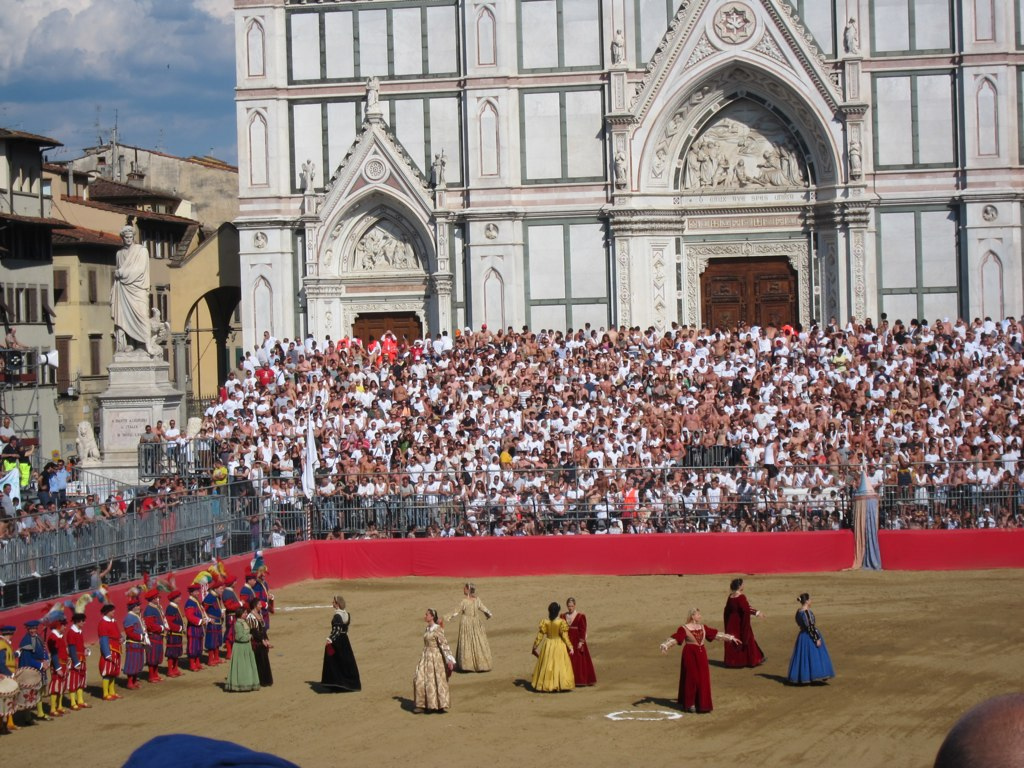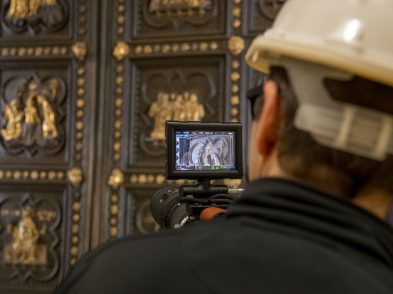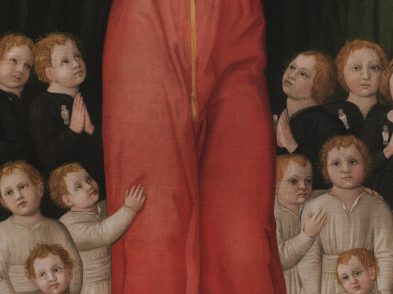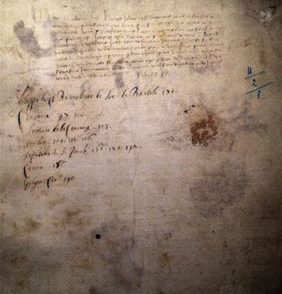Being born in Canada means having ice hockey in your veins. It’s a little understood sport in which fist-fighting is considered a normal part of the game. In hockey, a player is penalized but not ejected from a game for fighting. I have, in my time, played a fair bit of hockey and more than once have engaged in fisticuffs on the ice. Perhaps it is the physical aspect, perhaps the looming threat of it among players, that is inherent in competition. Violence in sports has existed through the ages. I have never, however, witnessed a sport so violent and so hair-raising as the Calcio Storico Fiorentino, loosely translated as ‘historic Florentine soccer.’

The tournament is played in piazza Santa Croce, where for two glorious weeks in June, the smooth stone of the piazza gives way to huge sandpit and grandstands and civic pride is played out through the four teams that represent Florence’s oldest quarters: the Whites from Santo Spirito; the Greens from San Giovanni; the Reds from Santa Maria Novella; and the Blues from Santa Croce.
The game is preceded by, as many things Florentine, a maximum amount of pageantry and circumstance. It makes the Superbowl halftime show seem Off-Broadway. Prior to a match, the entire city’s colors are on full display in an hours-long procession that leads to the playing field, where the 400 or so men, women and horses featured end up in the piazza to show themselves off.
I really had no idea what I was in for when I went to watch my first match. A mix of rugby, soccer, American football, boxing, mixed martial arts and Greco-Roman wrestling, the games are by far the most exciting live sporting events I have ever seen. Players punch, scrap, tackle, throw and kick their way to victory. Perhaps it’s the energy of a potentially very violent, hair-raising experience that makes it so exciting.
The game is played for 50 minutes from the time the referee first blows his whistle. In the beginning, I spent most of my time trying to figure out the rules. To me, there seemed to be an absence of order. Players could spontaneously, with or without the ball, begin to punch, kick or wrestle one another; it was like the aim of the game was to physically neutralize any one of your opponents. Not a follow-the-ball kind of game like soccer, it’s a where-is-the-fight-going-to-begin? kind of game, and it was like nothing I had ever seen.
The field is 100 meters long by 50 meters wide. There are 27 players per team and one ball, which is passed among players as they try to pick there way down the field to their opponent’s goal on the opposite side of the field. It feels more like a chaotic rugby match in which kicks in the head and the random tackling of players nowhere near the ball have replaced the familiar scrum. In the end, a team scores by putting the ball in the net, but it’s a long hard-fought road getting the ball anywhere near the opponent’s goal.
This game has been played in various piazzas in Florence for the better part of five centuries. It’s rooted in the Middle Ages, and it has been rumored that in the games of centuries past, even a human head has been used as the ball.
For me, it’s one more peek into the depths of Florentine culture and tradition, and definitely one of the most exciting sports matches I’ve been so privileged to get close to. Only one word can describe the feeling of watching this game: adrenaline.
Watch my film on calcio storico








